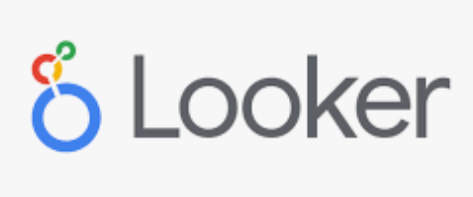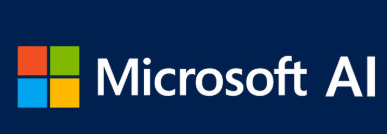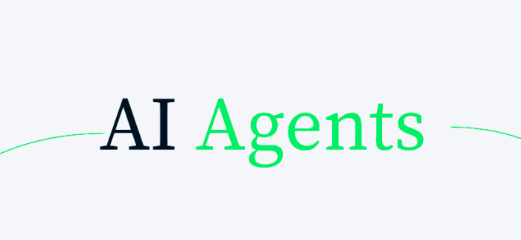The tech world is buzzing with Microsoft's recent adoption of Google's Agent2Agent (A2A) protocol—a groundbreaking move set to redefine how AI agents collaborate across platforms. This partnership isn't just about tech integration; it's a strategic leap toward building a future where AI tools work seamlessly together, breaking down silos between Microsoft's Azure AI Studio and Google's ecosystem. Whether you're a developer, business leader, or AI enthusiast, understanding this protocol's potential could unlock new efficiencies and workflows. Let's dive into how this collaboration works, why it matters, and how you can leverage it today.
What Is the Agent2Agent (A2A) Protocol?
The Agent2Agent (A2A) protocol, introduced by Google in April 2025, is an open-source standard designed to enable AI agents—autonomous software programs—to communicate and coordinate tasks across different platforms. Think of it as a universal translator for AI, allowing agents built on Google's tools to collaborate with those from Microsoft or other vendors without compatibility issues.
Key Features of A2A
? Cross-Platform Compatibility: Agents can interact regardless of their underlying architecture (e.g., Azure AI Studio vs. Google's Vertex AI).
? Task Delegation: Agents can request actions from peers, like scheduling a meeting (Microsoft agent) and drafting emails (Google agent).
? Security & Governance: Built-in compliance with enterprise standards like Microsoft Entra and audit logging.
Why Microsoft's Adoption of A2A Matters
Microsoft's integration of A2A into Azure AI Foundry and Copilot Studio isn't just a technical update—it's a statement. Here's why:
1. Breaking Down AI Silos
For years, businesses struggled with fragmented AI tools. A Microsoft agent couldn't easily hand off tasks to a Google agent, forcing teams to choose ecosystems. With A2A, this changes. Imagine:
? A Salesforce agent analyzes customer data.
? A Microsoft Copilot agent generates a sales pitch.
? A Google Workspace agent sends personalized emails.
All working together in real-time, powered by A2A.
2. Enterprise-Grade Collaboration
The protocol supports complex workflows spanning internal tools, third-party services, and cloud platforms. For example:
? Healthcare: A hospital's AI could use Microsoft agents to manage patient records and Google agents to analyze medical images.
? Finance: Banks might deploy A2A to automate compliance checks using agents from multiple vendors.
3. Market-Driven Innovation
With 65% of companies testing AI agents (KPMG), standardization accelerates adoption. Microsoft's move signals a shift toward open ecosystems, reducing vendor lock-in and fostering innovation.
How to Get Started with A2A Protocol
Ready to harness cross-platform AI collaboration? Follow these steps:
Step 1: Set Up Your Azure AI Foundry Account
? Visit Azure AI Studio and create a free tier account.
? Install the Azure CLI for command-line access.
Step 2: Enable A2A Protocol
? Navigate to Settings > Protocols in Azure AI Studio.
? Toggle the Agent2Agent option and link your Google Cloud credentials.
Step 3: Build Your First Multi-Agent Workflow
? Use Azure Bot Framework to design agents.
? Example workflow:
Microsoft Agent: Scrapes a calendar for upcoming meetings.
Google Agent: Checks participants' email availability.
Salesforce Agent: Updates CRM with meeting notes.

Step 4: Test & Debug
? Use Azure AI Test Lab to simulate interactions.
? Monitor logs via Microsoft Entra ID for security audits.
Step 5: Deploy at Scale
? Deploy workflows via Azure Kubernetes Service (AKS).
? Integrate with tools like Power Automate for enterprise-wide automation.
Real-World Applications of A2A Protocol
Case Study 1: Cross-Channel Customer Support
A retail brand uses:
? Microsoft Agent: Handles live chat queries.
? Google Agent: Pulls product inventory data.
? Outcome: 40% faster response times and 25% fewer escalations.
Case Study 2: Automated Content Creation
A media company automates blog posts:
? Google Agent: Researches trending topics.
? Microsoft Agent: Writes drafts in Word.
? Result: 10x increase in content output.
Challenges & Solutions
While promising, A2A adoption comes with hurdles:
| Challenge | Solution |
|---|---|
| Latency in cross-cloud calls | Optimize API endpoints with Azure CDN |
| Data Privacy Concerns | Enable Microsoft Purview for compliance |
| Agent Compatibility | Use A2A Middleware for legacy system integration |
The Future of AI Collaboration
Microsoft and Google's partnership is just the beginning. Analysts predict:
? Market Growth: AI agents will balloon from 78.4Bin2025to526.2B by 2030.
? New Standards: Expect protocols like MCP (Model Context Protocol) to complement A2A.
? Democratization: Smaller businesses will access enterprise-grade AI tools.








